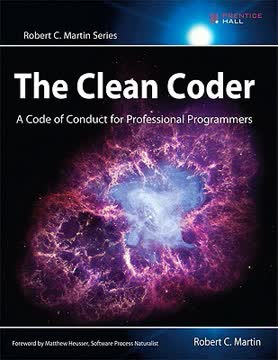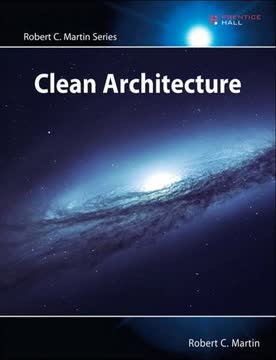Key Takeaways
1. Clean code is readable, simple, and expressive
Clean code always looks like it was written by someone who cares.
Clarity is key. Clean code is characterized by its readability and simplicity. It should be easy for other programmers to understand, modify, and maintain. This involves using clear and meaningful names, keeping functions and classes small and focused, and organizing code in a logical manner.
Expressive code communicates intent. Clean code should clearly express the programmer's intent without the need for extensive comments. It achieves this through well-chosen names, small functions that do one thing well, and a clear overall structure. The code itself should tell a story, making it easy for readers to follow the logic and purpose of each component.
Continuous improvement is essential. Writing clean code is an ongoing process that requires constant attention and refactoring. Programmers should follow the Boy Scout Rule: "Leave the campground cleaner than you found it." This means always looking for opportunities to improve the code's clarity and structure, even in small ways, with each modification or addition.
2. Meaningful names enhance code clarity and maintainability
The name of a variable, function, or class, should answer all the big questions. It should tell you why it exists, what it does, and how it is used.
Choose descriptive names. Names should be self-explanatory and reveal the intent behind variables, functions, and classes. Avoid single-letter names, abbreviations, or cryptic codes that require mental mapping to understand their purpose.
Use naming conventions consistently. Adopt and stick to standard naming conventions for your programming language and team. This includes:
- CamelCase for class names (e.g., CustomerOrder)
- camelCase for variable and function names (e.g., totalAmount)
- ALL_CAPS for constants (e.g., MAX_SIZE)
Avoid disinformation and noise. Don't use names that could be misleading or confusing. For example, avoid using 'list' in a variable name if it's not actually a List. Also, avoid redundant or meaningless words in names, such as 'data' or 'info' when they don't add value.
3. Functions should be small, do one thing, and operate at a single level of abstraction
Functions should do one thing. They should do it well. They should do it only.
Keep functions small. Ideal functions should be no more than 20 lines long. This makes them easier to read, understand, and maintain. Smaller functions are also easier to name accurately, test, and reuse.
Single responsibility principle. Each function should have one clearly defined purpose. If a function is doing multiple things, it should be broken down into smaller, more focused functions. This improves readability and makes the code more modular and easier to modify.
Consistent abstraction level. Within a function, all operations should be at the same level of abstraction. Mixing high-level logic with low-level details makes functions harder to understand and maintain. Use the "Extract Method" refactoring technique to separate different levels of abstraction into distinct functions.
4. Comments should be minimal and truly necessary
The proper use of comments is to compensate for our failure to express ourselves in code.
Code should be self-explanatory. Well-written code with clear names and structure often eliminates the need for comments. Before adding a comment, consider if you can refactor the code to make its intent clearer.
Use comments judiciously. Good comments explain why something is done, not how it's done. They should provide context or clarification that can't be expressed in code alone. Types of useful comments include:
- Legal comments (copyright, licensing)
- Explanation of intent or algorithms
- Warnings of consequences
- TODO comments (sparingly used)
Avoid redundant or misleading comments. Don't write comments that merely restate what the code clearly says. Outdated or incorrect comments are worse than no comments at all, as they can mislead readers. Regularly review and update comments along with the code they describe.
5. Proper formatting improves code readability
Code formatting is about communication, and communication is the professional developer's first order of business.
Consistent style matters. Establish and follow a consistent formatting style across your codebase. This includes:
- Indentation
- Line breaks
- Placement of brackets
- Spacing around operators and keywords
Vertical formatting. Organize code vertically to enhance readability:
- Keep related concepts close together
- Separate unrelated concepts
- Declare variables close to their usage
- Place dependent functions near each other
Horizontal formatting. Keep lines reasonably short (usually 80-120 characters) to avoid the need for horizontal scrolling. Break long statements into multiple lines in a logical manner. Use white space to separate logical blocks within a line.
6. Objects and data structures serve different purposes
Objects hide their data behind abstractions and expose functions that operate on that data. Data structures expose their data and have no meaningful functions.
Objects vs. data structures. Objects encapsulate data and expose behavior through methods. They are good for adding new types (classes) without changing existing behavior. Data structures, on the other hand, expose data and have no significant behavior. They are good for adding new behaviors without changing existing data types.
Choose the right approach. Use objects when you want to add new types frequently but keep behaviors stable. Use data structures when you want to add new behaviors frequently but keep types stable. Understanding this distinction helps in designing more flexible and maintainable systems.
Law of Demeter. For objects, follow the Law of Demeter: a method should only call methods on:
- The object itself
- Its parameters
- Any objects it creates
- Its direct component objects
This principle helps to reduce coupling between different parts of a system.
7. Error handling should be clean and informative
Error handling is important, but if it obscures logic, it's wrong.
Use exceptions rather than error codes. Exceptions provide a cleaner way to handle errors compared to traditional error codes. They separate error-handling logic from the main code, making both easier to understand and maintain.
Create informative error messages. Error messages should provide enough context to understand what went wrong and where. Include relevant details such as:
- What operation was being attempted
- What specific error occurred
- Any relevant values or state information
Write try-catch-finally statements first. When writing code that could throw exceptions, start by writing the try-catch-finally blocks. This helps ensure that the code is resilient to errors from the beginning and that error cases are properly considered.
8. Unit tests are crucial for maintaining clean code
Test code is just as important as production code.
Write tests first. Follow the practice of Test-Driven Development (TDD):
- Write a failing test
- Write the minimum code to pass the test
- Refactor the code while keeping the test passing
This approach ensures that your code is testable from the start and helps drive good design.
Keep tests clean. Apply the same standards of cleanliness to your test code as you do to your production code. Clean tests are:
- Readable
- Maintainable
- Trustworthy
Follow F.I.R.S.T principles for tests:
- Fast: Tests should run quickly
- Independent: Tests should not depend on each other
- Repeatable: Tests should be repeatable in any environment
- Self-Validating: Tests should have a boolean output (pass/fail)
- Timely: Tests should be written just before the production code
9. Classes should be small, focused, and follow the Single Responsibility Principle
The first rule of classes is that they should be small. The second rule of classes is that they should be smaller than that.
Keep classes focused. A class should have a single, well-defined responsibility. If you can't describe a class's purpose in about 25 words without using "and" or "or," it's probably doing too much.
Aim for high cohesion. Methods and variables within a class should be closely related and work together to fulfill the class's responsibility. Low cohesion often indicates that a class is trying to do too much and should be split.
Open-Closed Principle. Design classes to be open for extension but closed for modification. This often involves using abstractions and interfaces to allow new functionality to be added without changing existing code.
10. Concurrency requires careful design and implementation
Writing clean concurrent programs is hard—very hard.
Understand concurrency challenges. Concurrent programming introduces complexities such as:
- Race conditions
- Deadlocks
- Liveness issues
- Performance impacts
Keep concurrency-related code separate. Isolate code that deals with concurrency. This makes it easier to reason about, test, and maintain both the concurrent and non-concurrent parts of your system.
Use existing libraries and frameworks. Leverage well-tested concurrency libraries and frameworks (e.g., java.util.concurrent in Java) rather than trying to implement low-level concurrency control yourself. These tools have been optimized and thoroughly tested for common concurrency patterns.
Write thorough tests. Testing concurrent code is challenging but crucial. Write tests that:
- Create multiple threads
- Vary timing and scheduling
- Run many times to increase the chance of exposing intermittent issues
- Use tools like thread sanitizers and static analyzers to help identify potential concurrency bugs
Last updated:
FAQ
What's Clean Code: A Handbook of Agile Software Craftsmanship about?
- Focus on Software Craftsmanship: The book emphasizes the importance of writing clean, maintainable code as a hallmark of professionalism in software development.
- Principles and Practices: It outlines various principles, patterns, and practices that help programmers write code that is not only functional but also easy to read and understand.
- Real-World Examples: Numerous examples of both good and bad code are included, demonstrating how to transform messy code into clean code through refactoring and disciplined practices.
Why should I read Clean Code by Robert C. Martin?
- Improve Coding Skills: Reading the book can significantly enhance your programming skills by teaching you how to write code that is easier to maintain and understand.
- Professional Development: It is a valuable resource for anyone looking to advance their career in software development, instilling a mindset of craftsmanship and quality.
- Practical Advice: The book provides practical advice that can be applied immediately in your coding practices, making it a useful guide for both novice and experienced programmers.
What are the key takeaways of Clean Code?
- Meaningful Names: The book stresses the importance of using intention-revealing names for variables, functions, and classes to enhance code readability and maintainability.
- Small Functions: Functions should be small and focused on a single task, adhering to the principle of "Do One Thing" to improve clarity and reduce complexity.
- Error Handling: Martin advocates for using exceptions rather than return codes for error handling, which helps keep the main logic of the code clean and unobscured.
What are the best quotes from Clean Code and what do they mean?
- "Clean code is a matter of discipline.": This quote emphasizes that writing clean code requires consistent effort and adherence to best practices, rather than relying on luck or talent alone.
- "Comments do not make up for bad code.": This highlights the idea that if code is poorly written, no amount of commenting can compensate for its lack of clarity and structure.
- "Leave the campground cleaner than you found it.": This metaphor encourages developers to improve the codebase with every change, ensuring that the code remains clean and maintainable over time.
How does Clean Code define clean code?
- Readable and Understandable: Clean code is defined as code that is easy to read and understand, allowing other developers to quickly grasp its purpose and functionality.
- Minimal Complexity: It should have minimal complexity, with each function and class focused on a single responsibility, making it easier to test and maintain.
- Well-Structured: Clean code is well-structured, following consistent formatting and naming conventions that enhance its clarity and reduce the cognitive load on the reader.
What is the Boy Scout Rule in Clean Code?
- Continuous Improvement: The Boy Scout Rule states that developers should "leave the campground cleaner than you found it," meaning that every time you work on code, you should strive to improve it.
- Small Changes Matter: This can be as simple as renaming a variable for clarity or refactoring a small function, which contributes to the overall cleanliness of the codebase.
- Professional Responsibility: Adhering to this rule reflects a professional attitude towards code quality and maintenance, fostering a culture of continuous improvement within a team.
What is the Single Responsibility Principle (SRP) in Clean Code?
- Definition of SRP: The SRP states that "a class should have one, and only one, reason to change." This means that each class should focus on a single responsibility or functionality.
- Benefits of SRP: Adhering to SRP leads to better organization of code, making it easier to understand, test, and maintain. It reduces the risk of changes in one area affecting unrelated parts of the code.
- Implementation Guidance: Martin provides practical advice on how to identify responsibilities and refactor classes to adhere to SRP, ensuring that code remains clean and manageable.
How does Clean Code address error handling?
- Use Exceptions: The book advocates for using exceptions rather than return codes for error handling, which helps keep the main logic of the code clean and unobscured.
- Separation of Concerns: Error handling should be separated from the main logic of the code, allowing developers to focus on the primary functionality without being bogged down by error-checking clutter.
- Provide Context: Exceptions should provide enough context to understand the source and nature of the error, making it easier to diagnose and fix issues when they arise.
What role does testing play in Clean Code?
- Foundation of Clean Code: Testing is considered a fundamental discipline in writing clean code. It ensures that the code behaves as expected and helps catch issues early in the development process.
- Fast and Reliable Tests: The book emphasizes that tests should be fast and reliable to encourage frequent execution. This helps maintain a clean codebase and reduces the risk of introducing bugs.
- Self-Validating Tests: Tests should be designed to be self-validating, meaning they should clearly indicate whether the code is functioning correctly. This reduces ambiguity and increases confidence in the code.
How does Clean Code suggest handling dependencies?
- Dependency Inversion Principle (DIP): The book explains that "high-level modules should not depend on low-level modules. Both should depend on abstractions." This principle encourages the use of interfaces and abstract classes to reduce coupling.
- Use of Dependency Injection: Martin recommends using dependency injection to manage dependencies, allowing for more flexible and testable code. This approach decouples the creation of dependencies from their usage.
- Benefits of Managing Dependencies: By managing dependencies effectively, developers can create systems that are easier to maintain and extend, leading to cleaner and more robust code.
What are some common code smells identified in Clean Code?
- Duplicated Code: This is a major code smell that indicates a lack of abstraction. The book advises eliminating duplication to improve maintainability and reduce errors.
- Long Methods: Methods that are too long can be difficult to understand and maintain. The book suggests breaking them down into smaller, more manageable functions.
- Excessive Comments: While comments can be helpful, excessive or redundant comments often indicate that the code itself is not clear. The goal should be to write self-explanatory code that requires minimal comments.
How can I apply the principles from Clean Code in my own projects?
- Start with Small Changes: Begin by applying the principles of clean code to small sections of your codebase. Refactor one class or function at a time to improve readability and maintainability.
- Write Tests First: Adopt Test-Driven Development (TDD) practices by writing tests before implementing new features. This ensures that your code is always covered by tests and helps maintain quality.
- Regularly Refactor: Make refactoring a regular part of your development process. Continuously look for opportunities to improve code structure and eliminate duplication, keeping your codebase clean and efficient.
Review Summary
Clean Code is highly regarded as an essential read for software developers, offering valuable insights on writing readable and maintainable code. While praised for its practical advice on naming conventions, function design, and testing, some readers found it overly Java-centric and occasionally extreme in its recommendations. The book's case studies received mixed reactions, with some finding them helpful and others less impressed. Despite its flaws, many developers consider it a must-read that has significantly improved their coding practices and understanding of software craftsmanship.
Similar Books
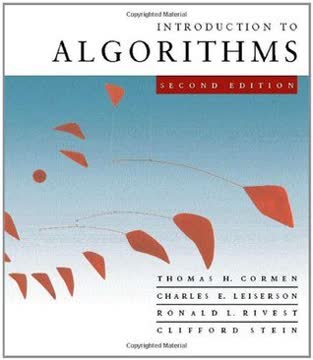
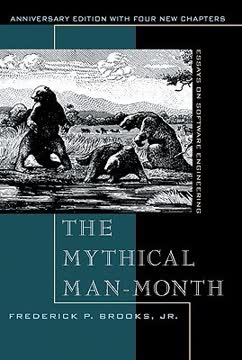
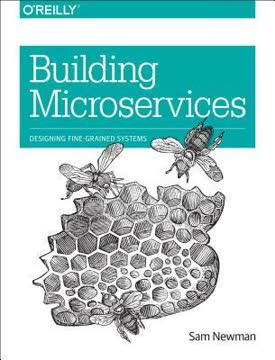
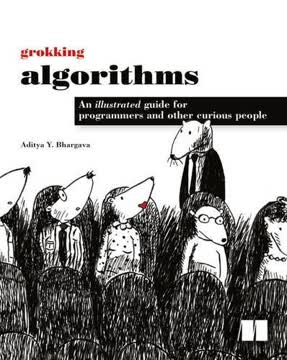
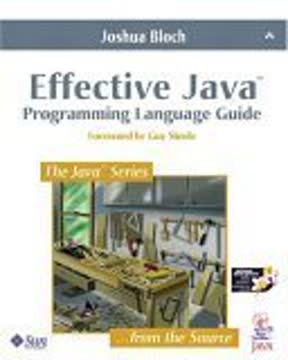
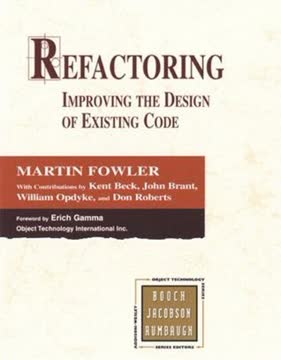
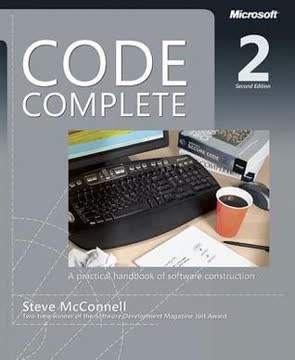
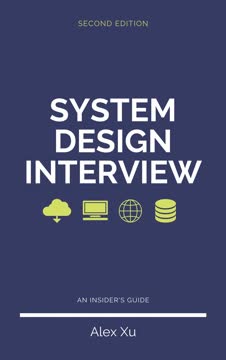
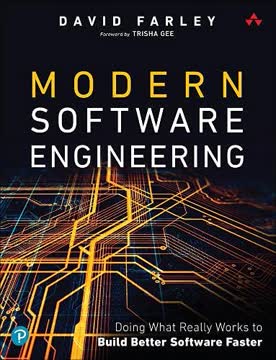
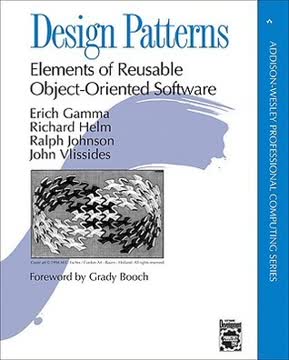
Download PDF
Download EPUB
.epub digital book format is ideal for reading ebooks on phones, tablets, and e-readers.


